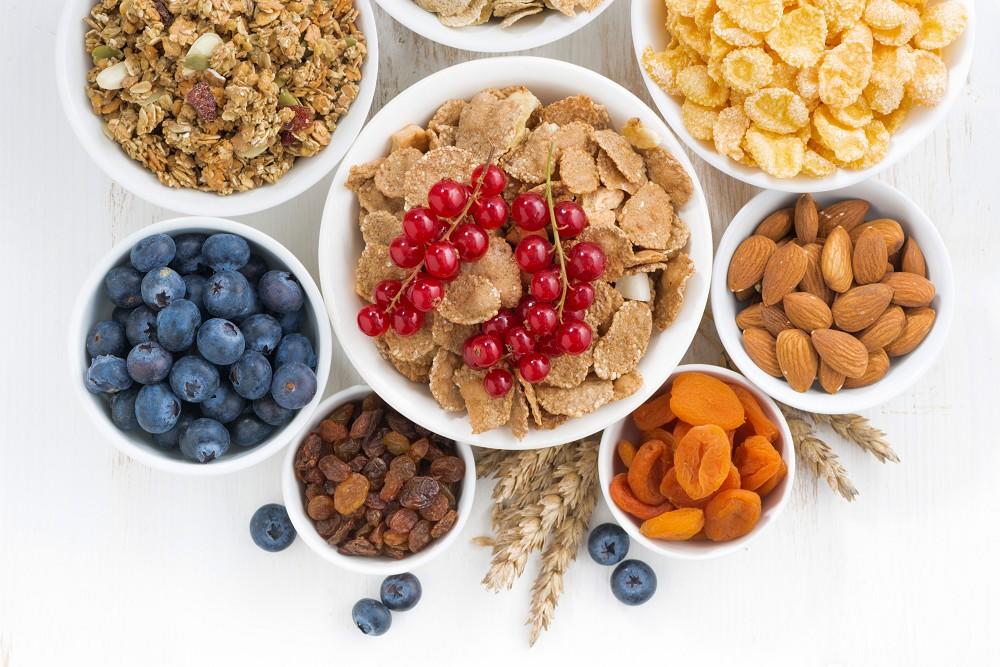Figuring Out Fibre: Are you getting enough?
by Julia Bailey
 Holly Freill, Registered Dietitian at Thunder Bay Regional Health Sciences Centre (TBRHSC) will present about getting enough fibre in your diet on March 16 at 7 pm at the Thunder Bay Regional Health Sciences Centre.
Holly Freill, Registered Dietitian at Thunder Bay Regional Health Sciences Centre (TBRHSC) will present about getting enough fibre in your diet on March 16 at 7 pm at the Thunder Bay Regional Health Sciences Centre.You’ve probably heard you need to increase your fibre intake, but this may have left you with more questions than answers. Why do I need to eat more fibre? What exactly is fibre? What foods are good sources of fibre?
According to Holly Freill, Registered Dietitian with the Renal Services at the Thunder Bay Regional Health Sciences Centre (TBRHSC), fibre is essential for your digestive health. “It can help lower your blood cholesterol levels, help with blood sugar management and help your bowels stay regular,” says Freill. Proper fibre consumption can help protect you against colorectal cancer as well.
What is fibre? Fibre is the part of the plant that is indigestible. Generally foods have a combination of both soluble and insoluble fibre. Insoluble fibre helps keep you ‘regular’ by adding bulk. Soluble fibre helps lower cholesterol levels and helps you feel full for longer after eating. While it may seem odd to need to eat something indigestible, a diet rich in both types of fibre helps reap the health benefits.
Foods with fibre are all plant based. Whole grain products such as barley, rolled oats and brown rice contain fibre. Fruits and vegetables are prime examples of food with plenty of fibre. Much of the fibre found in fruits and vegetables are found in the peel, so try to eat whole pieces of fruit and unpeeled vegetables instead of juices. Legumes such as beans, peas and lentils have an abundance of fibre as do nuts and seeds.
Freill has helpful ideas to increase the fibre in your diet. “My number one tip is to eat the recommended number of fruits and vegetables, which is 7-10 servings a day for adults. If you are eating enough fruits and vegetables it will help you reach your recommended fibre intake,” says Freill. Other tips include adding legumes to meals where possible, such as lentils to salads and soups, or adding beans to spaghetti sauces. Freill also reinforces how beneficial it is to choose whole grain or whole wheat products when selecting bread, pasta or other grain products at the grocery store.
“Some people worry that if they increase the amount of fibre they are eating too rapidly they might become a bit too regular,” says Freill. “I tell people the first step for increasing your fibre intake is to focus on increasing the number of fruits and vegetables you are eating and then add items such as bran buds and beans more gradually.”
For an opportunity to learn more about fibre intake from Holly Freill, attend the TBRHSC Healthy Get-Together, titled ‘Figuring Out Fibre: Are You Getting Enough’. This free one hour presentation is scheduled for Wednesday, March 16, 2016 in Room 2178 (ICP Main Meeting Room) at 7:00 pm at the Thunder Bay Regional Health Sciences Centre. Reserve your spot by calling 684-7237. Space is limited.